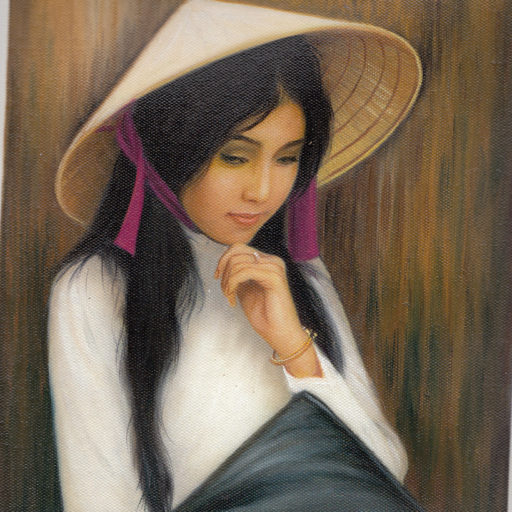The Japanese have long been fond of importing foreign culture :
from their religion,medicine,and writing system centuries ago,
to food, sports, fashion and music in more recent years.
In fact, the Japanese have imported such an abundance of things,
both Eastern and Western, that japan might well be called the “melting pot” of cultures.
And while people may be fully aware of where each item of foreign culture they enjoy comes from,
they have no hesitation in adapting it to their own purposes until it has been entirely subsumed into the Japanese of life.
Take Valentine’s Day, for instance.
In the West this holiday is reserved for expressing affection to one’s sweetheart-usually a man to a woman – in the from of valentine,
a box of chocolates, or a bouquet of roses.
In Japan, however,it has become a day for woman to give chocolate to men-period.
And although the day used to provide an opportunity for woman to reveal their secret affection for a certain man,
in recent years it has evolved more into a way to express gratitude- not romantic feelings to schoolmates,coworkers, and friends.
The phenomena of “obligatory’ chocolate (ghirichoko) and “chocolate for friends” (tomochoko), as well as the invention of “White Day”
(a day one month later when men can return the favor by giving something back), illustrate just how far the holiday has developed on Japanese soil.
Or take the Scottish song “Auld Lang Syne”. In the West this familiar tune is sung at parties to welcome in the New Year,
or at other important occasions, such as graduation ceremonies and farewell parties, that commemorate something coming to an end.
In Japan , however, the melody is primarily used in department stores to signal to shoppers that it’s closing time.(No, it’s not used for that purpose in the West.)
So ubiquitous is this melody in Japanese stores that many people mistakenly believe it to be of Japanese origin.
Occasionally cultural items make their way to Japan only to get frozen in time, like the peace sign.
This gesture went out of vogue in America with the end of the Vietnam War but still persists in Japan whenever people pose for a photograph.
Like many cultural imports,though, it has cast off its original meaning.
Few of these modified customs,however,stand any chance of being reintroduced to their country of origin.
But that’s certainly not true in other cases where the Japanese make improvements on non-Japanese things-areas such as architecture,haute couture fashion,animation(anime),comic books(manga), and cuisine.
Moreover,Japan has cultivated world-class practitioners in such non-Japanese fields as baseball, figure skating, soccer, classical music, and ballet.
With the ago of jet travel and Internet communication, the ease of encountering other cultures has exploded exponentially.
What remains to be seen is what the Japanese do with this new influx of culture, and how they transform it to their own and the world’s benefit.
Part 1.The Japanese and Western Cultures: Never the Twain Shall Meet ?
 自己学習
自己学習
コメント